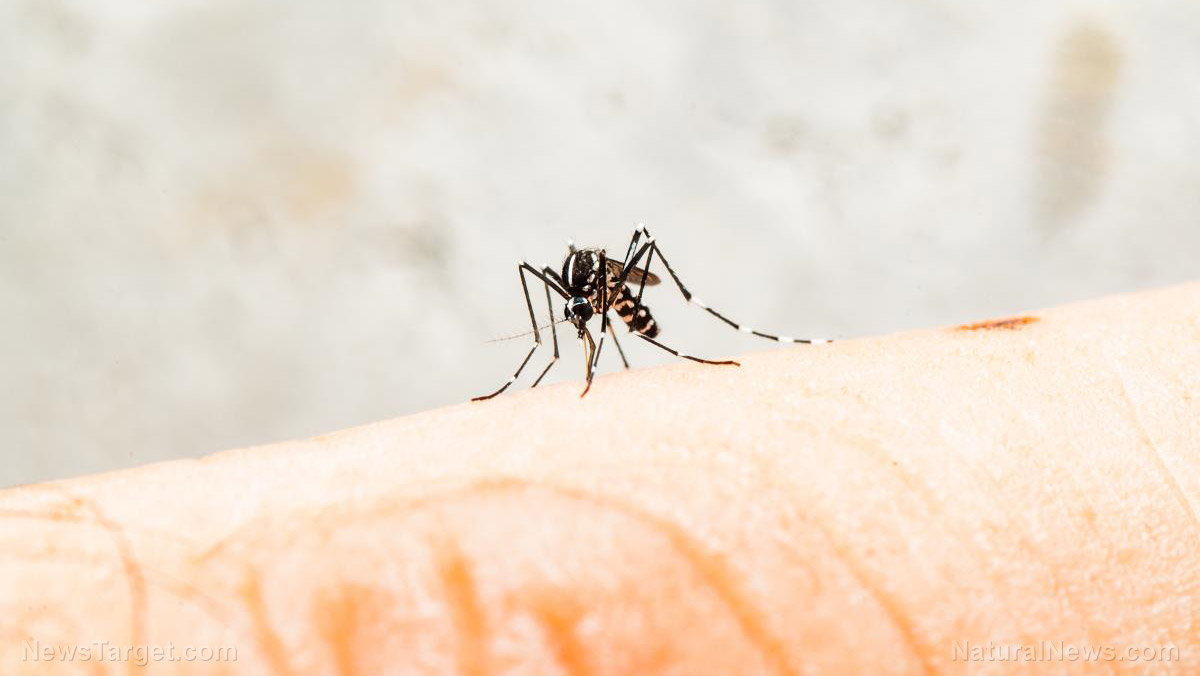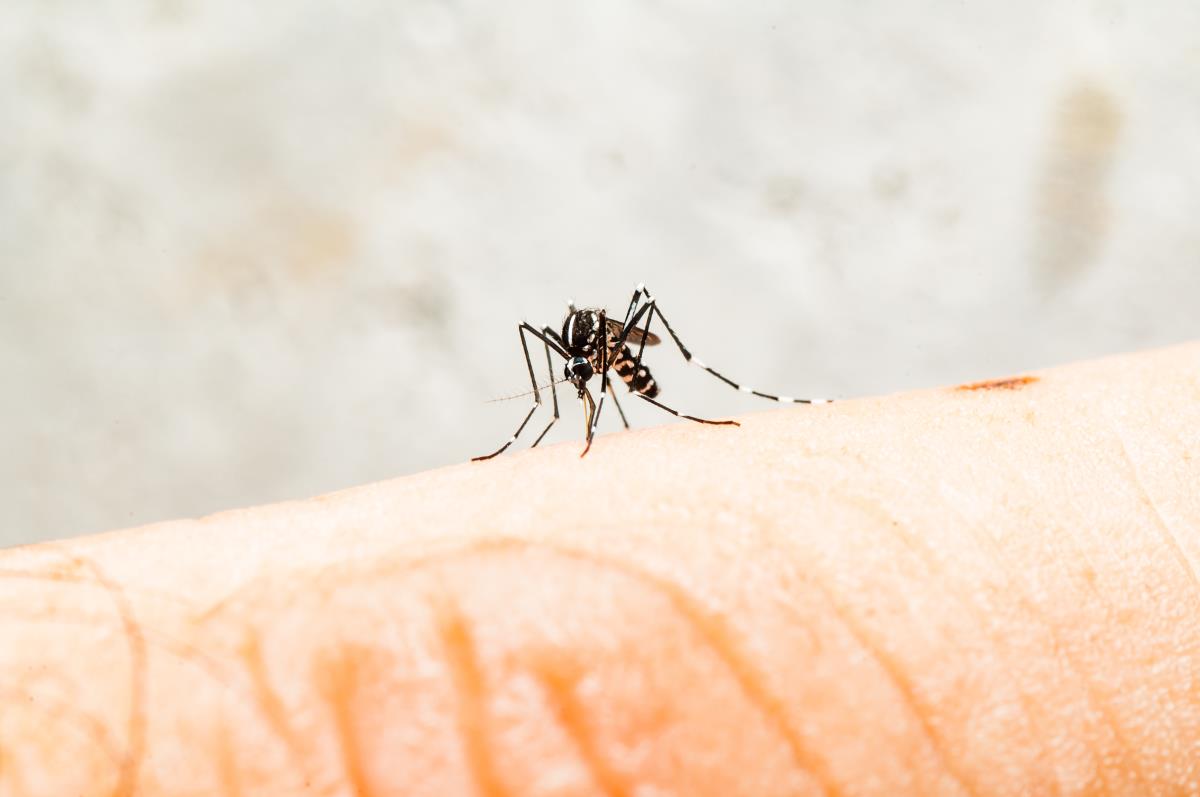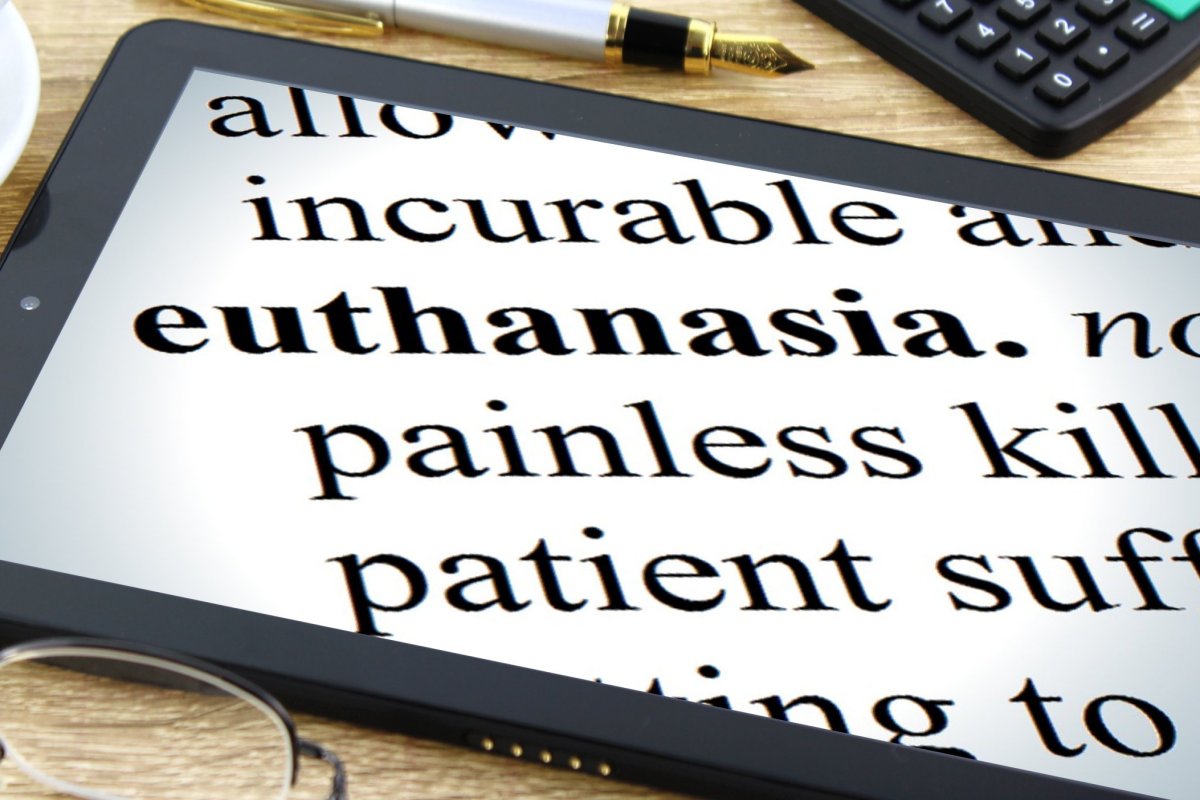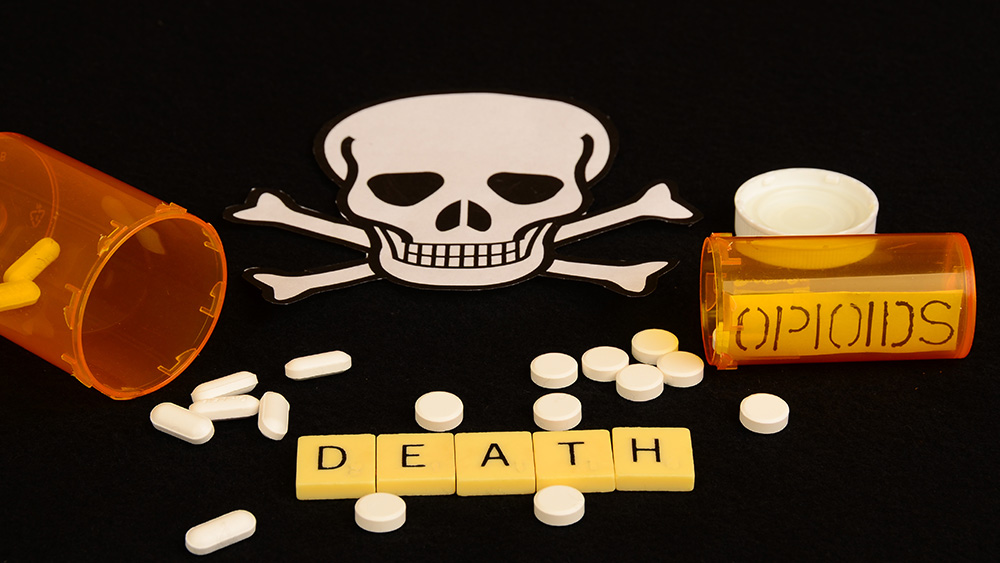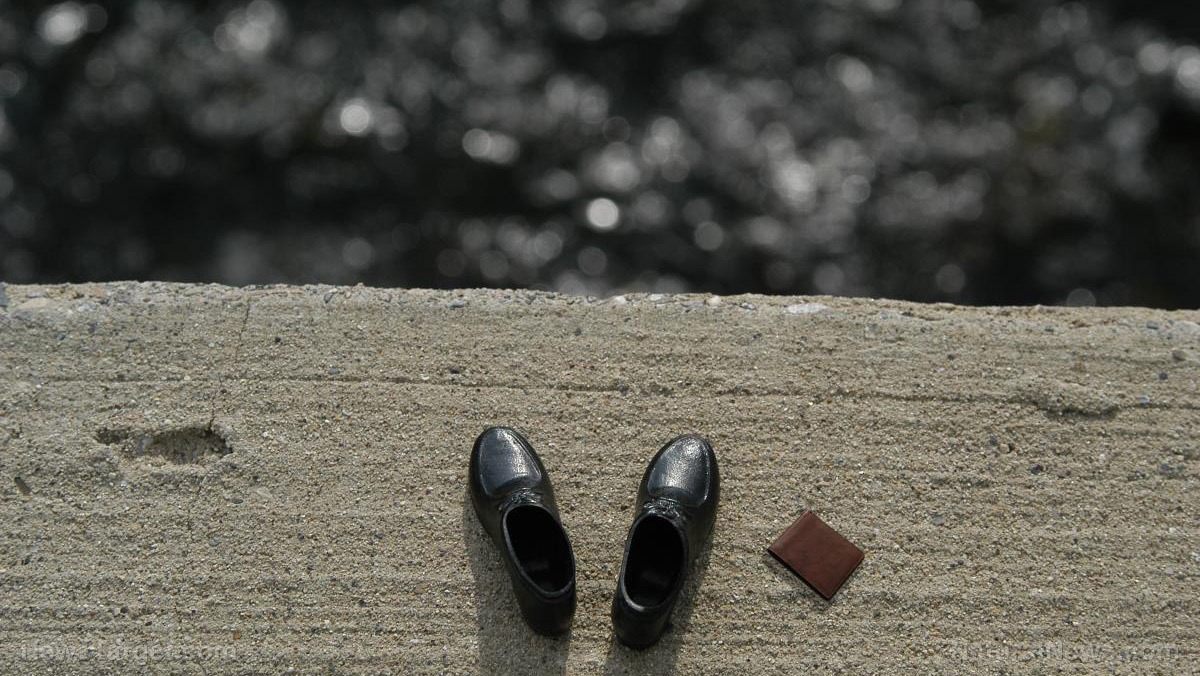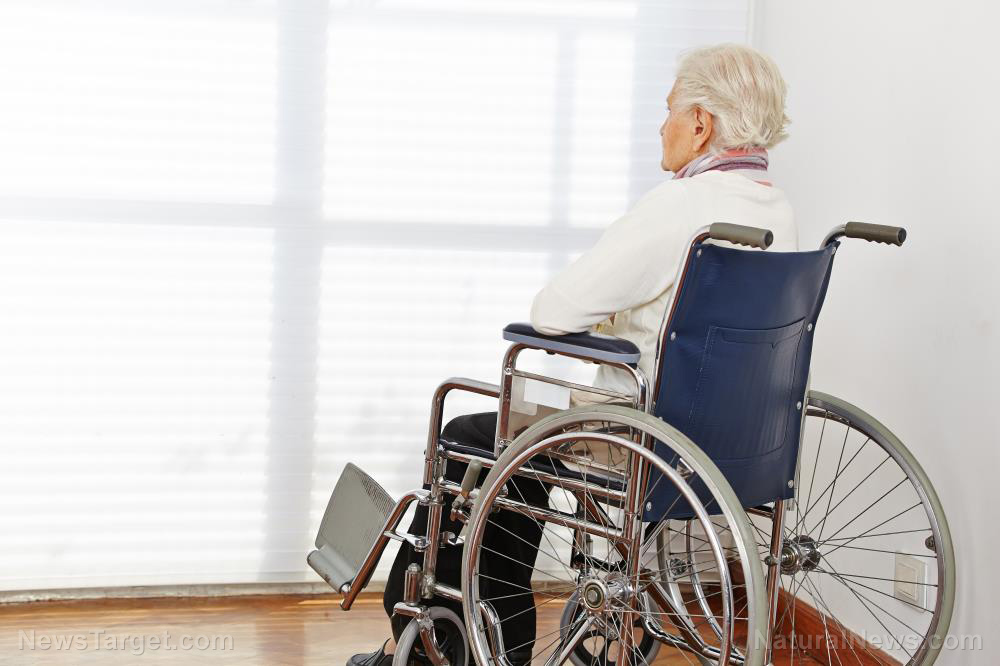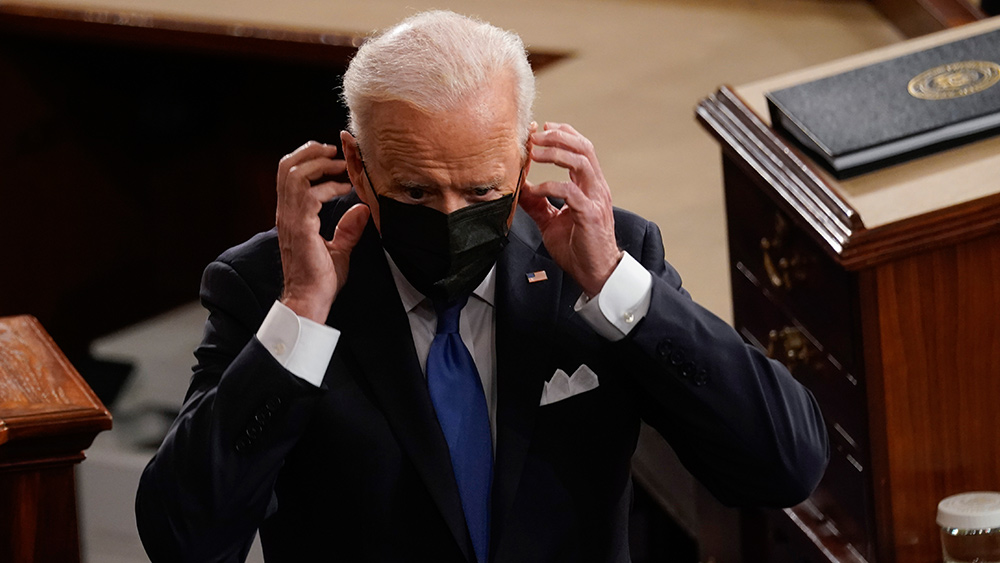WHO: Artemisinin is a powerful remedy against malaria
06/30/2023 / By Ethan Huff
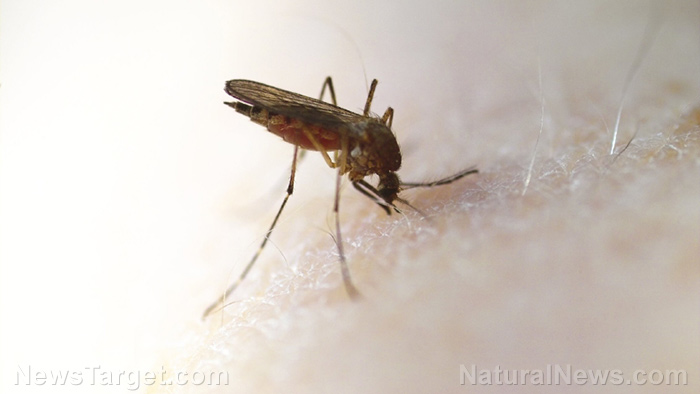
Last November, the World Health Organization (WHO) published a Question & Answer page about artemisinin providing partial protection against malaria infections.
Artemisinin, a natural constituent derived from the Artemisia annua plant, also known as sweet wormwood, as well as its derivatives, are described by the WHO as “powerful medicines known for their ability to swiftly reduce the number of Plasmodium parasites in the blood of patients with malaria.”
In order to effectively control malaria once it starts spreading, powerful anti-malarial medicines are necessary, of which artemisinin and its various derivatives are included. Known as artemisinin-based combination therapies (ACTs), the WHO recommends these as first- and second-line treatment for uncomplicated P. falciparum malaria and chloroquine-resistant P. vivax malaria.
Right now, the latter version is said to have infected four people in Sarasota, Fla. Transmission there was local, meaning the infected caught it locally rather than overseas – which has not happened there since the 1950s, according to health officials.
While there is not yet a conceivable “outbreak,” so to speak, since transmission is low, it is still a good idea to keep in mind which remedies work best for treating malaria. And one of the most powerful is artemisinin and its derivatives, which include artesunate, artemether, and dihydroartemisinin.
The WHO recommends pairing these derivatives with a partner drug to help reduce the number of malaria parasites, known as parasite biomass, during the first three days of treatment. The partner drug, meanwhile, eliminates the rest of the remaining parasites, rendering it the “cure.”

Currently, the WHO recommends six different ACTs. Two of them are injectable – one with artesunate and the other with artemether – and these are recommended for cases of severe malaria. After getting these injections, patients are advised to follow up with an oral ACT regimen, just so long as they are able to tolerate it.
“Increased access to ACTs in malaria-endemic countries has been integral to the remarkable success in reducing the global malaria burden over the last 15 years,” the WHO claims.
“Almost 3.8 billion treatment courses of ACT were sold globally by manufacturers over the period 2010–2021. An estimated 68% of these procurements were reported to have been distributed to the public sector in malaria endemic countries.”
(Related: Around the same time the WHO released its artemisinin report about malaria, it was reported that the pharmaceutical industry was unleashing genetically engineered [GMO] mosquitos designed to mass-“vaccinate” the public for malaria without consent.)
Nature Communications study confirms artemisinin KILLS malaria parasites
In 2018, the journal Nature Communications published a study explaining how artemisinin and its ART derivatives work to reduce the parasite burden in P. falciparum malaria infections.
At the time, it was becoming recognized that ARTs alone are not necessarily enough to rid a person’s body of malaria due to decreased sensitivity to the treatment. Thus, researchers revealed that they must be paired together with combination therapies, or the ACTs that the WHO says are necessary to keep malaria at bay.
The Nature study looked specifically at dihydroartemisinin (DHA), a clinically relevant ART that kills malaria parasites in two unique ways: one by causing protein damage, and the other by compromising the proteasome function of malaria parasites.
“The consequent accumulation of proteasome substrates, i.e., unfolded / damaged and polyubiquitinated proteins, activates the ER stress response and underpins DHA-mediated killing,” the study explains.
“Specific inhibitors of the proteasome cause a similar build-up of polyubiquitinated proteins, leading to parasite killing. Blocking protein synthesis with a translation inhibitor or inhibiting the ubiquitin-activating enzyme, E1, reduces the level of damaged, polyubiquitinated proteins, alleviates the stress response, and dramatically antagonizes DHA activity.”
In areas of the world where decreased sensitivity to ARTs is being observed, including all throughout South East Asia, up to 50 percent treatment failure is occurring. This resistance puts added pressure on ART partner drugs to get the job done in lieu of their waning efficacy.
Still to this day, despite all this, artemisinin and its derivatives are the number-one most widely-used malaria remedy in the world. Despite growing resistance to some of its derivatives, artemisinin as a whole still possesses a complex mode of action – probably due to it being a natural compound rather than an isolated drug – against malaria that makes it the go-to remedy for this scourge of a disease.
In the late 1990s, British researchers published a study in the Cochrane Database of Systematic Reviews confirming that artemisinin and its derivatives may work better than quinoline drugs against severe malaria because “they are fast acting and effective against quinine resistant malaria parasites.”
Hydroxychloroquine, by the way, which came on the radar during the Wuhan coronavirus (Covid-19) “pandemic” as a powerful remedy against coronaviruses, is a member of the quinine drug family.
“The evidence suggests that artemisinin drugs are no worse than quinine in preventing death in severe or complicated malaria,” this study found. “No artemisinin derivative appears to be better than the others.”
Earlier this year, Phys.org published an article about a Communications Biology study looking at the growing drug resistance to malaria in certain geographical regions of the world.
The P. falciparum strain of malaria parasite has mutated, perhaps on purpose due to bioweapons tampering, to outsmart some of artemisinin’s derivatives. The types of resistance occurring vary from region to region and involve different derivatives working less powerfully than they used to, which is prompting some national governments to alter their malaria treatment guidelines.
The latest news about the spread of malaria can be found at Plague.info.
Sources for this article include:
Submit a correction >>
Tagged Under:
alternative medicine, artemisinin, Censored Science, herbal medicine, Herbs, infections, infectious disease, Malaria, natural cures, natural medicine, outbreak, parasites, phytonutrients, Plague, prevention, real investigations, remedies, research, supplement
This article may contain statements that reflect the opinion of the author





